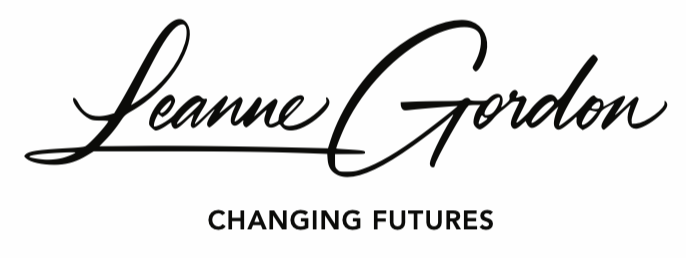Change Toolkit
What’s in your toolkit?
It’s a question I often explore with clients. It comes with a variety of answers, and opens up a discussion on what might go in your personal development and change toolkit.
One of my main suggestions is the concept of ‘minimum viable’.
Coming out of the product development world (ie minimum viable product) over 20 years ago, this encouraged product developers to act quickly and be more responsive to the market by starting with the minimum viable features and iterate with future models.
It’s a concept that can be applied in many different contexts, and I especially find it useful for our self-leadership in a time where we are bombarded with information, in an ever-changing environment and battling the constant tension between perfect and done.
When you keep ‘minimum viable’ in your toolkit, you get the benefit of:
Minimum viable change - what’s the one thing I can do today that will help me to move forward? It could be to take the stairs, or to diarise a time to meet with your boss.
Minimum viable habits - what’s the minimum action that will help me develop a new way of being? It might to be to journal for 5 minutes, or to meditate for 1 minute.
Minimum viable learning - what is the minimum amount I need to know before I can undertake this task? It might be watching a TikTok or YouTube video, or listening to a podcast.
Yes, there are times that we need to go beyond the minimum, go deep and long before we embark on something new. However, with many of our reasons for not making change being about not having the time, knowledge and ability to start, moving forward with the minimum viable is beneficial for much of what we’re trying to accomplish.
And, as we lead ourselves through our personal development and change journey, we’ll have plenty of opportunity to iterate along the way.
I’m curious, how might the concept of ‘minimum viable’ work in your toolkit?

